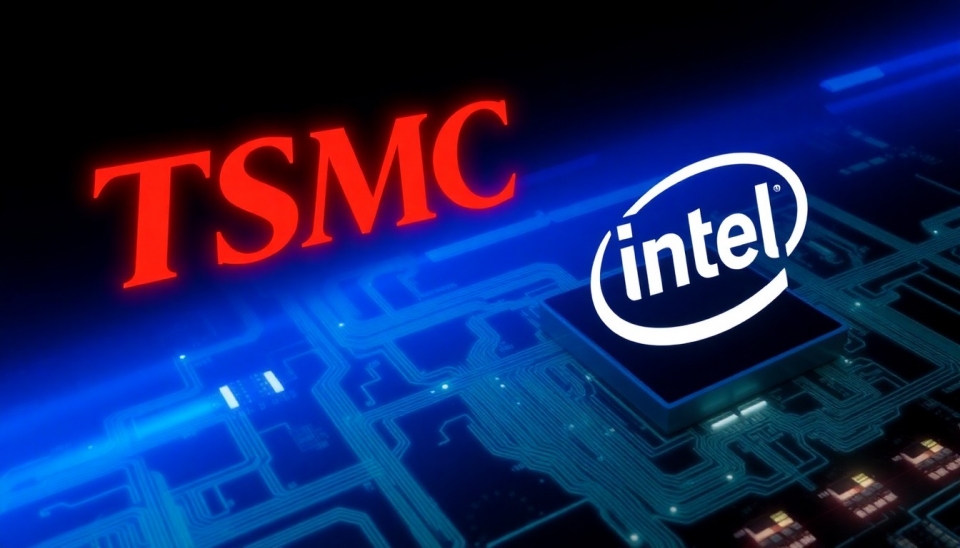
In recent developments within the semiconductor industry, Taiwan Semiconductor Manufacturing Company (TSMC) has found itself at the center of attention, raising concerns that extend beyond its traditional rivals. As TSMC continues to solidify its position as a leading chip manufacturer, the implications of its dominance are becoming increasingly relevant for various stakeholders, including governments, industry players, and consumers alike.
The tech world has long recognized TSMC as a powerhouse in semiconductor fabrication, consistently pushing the envelope in microchip technology. With its cutting-edge manufacturing processes and ability to meet the demands of high-profile clients like Apple and NVIDIA, TSMC has positioned itself as an essential player in an industry critical to global technological advancement.
However, this remarkable growth is now prompting worries that TSMC's overwhelming market presence could stifle competition and innovation within the semiconductor landscape. Experts suggest that if TSMC continues to operate without effective checks from competitors or regulations, it could threaten the market's balance, ultimately leading to increased prices and reduced options for consumers.
Strategically, TSMC's competitors are beginning to reevaluate their positions. Companies such as Samsung and Intel, both of which have traditionally held significant stakes in the semiconductor market, appear pressured to accelerate their own technology advancements and capacity increases to catch up. This heightened urgency comes amidst growing fears that TSMC's leading edge might create a material monopoly, limiting competition and technological diversity.
Moreover, governments worldwide are taking notice of TSMC's rise. The geopolitical implications of a singular, dominant semiconductor manufacturer are profound. Nations are increasingly concerned about their own technological sovereignty and reliance on foreign firms for essential components. As such, various governments are ramping up their investments in domestic semiconductor manufacturing capabilities to mitigate the risks associated with over-dependence on TSMC. This is seen as crucial not only for economic stability but also for national security purposes.
The potential ramifications of TSMC's increasing power are compounded by global market dynamics, including recent supply chain disruptions and shifts in consumer demand patterns. Industries relying heavily on semiconductors—such as automotive and consumer electronics—are vulnerable to price fluctuations driven by TSMC’s market strategies. This reality points towards a broader issue where TSMC’s operations might influence not just the tech industry but also the global economy at large.
As TSMC aims to maintain its leading position, stakeholders are watching closely to see how the semiconductor giant navigates these challenges. The unfolding narrative will likely be shaped by a combination of competitive maneuvers, regulatory scrutiny, and collaboration efforts aimed at fostering innovation while ensuring fair market participation.
In conclusion, TSMC’s unparalleled dominance raises important questions about the future of the semiconductor industry. As it stands, the interplay between innovation, competition, and regulatory oversight will ultimately determine whether TSMC can sustain its lead without inviting broader systemic challenges.
#TSMC #Semiconductors #TechnologyDominance #MarketPower #Innovation #GlobalEconomy #NationalSecurity #ChipIndustry
Author: Liam Carter




